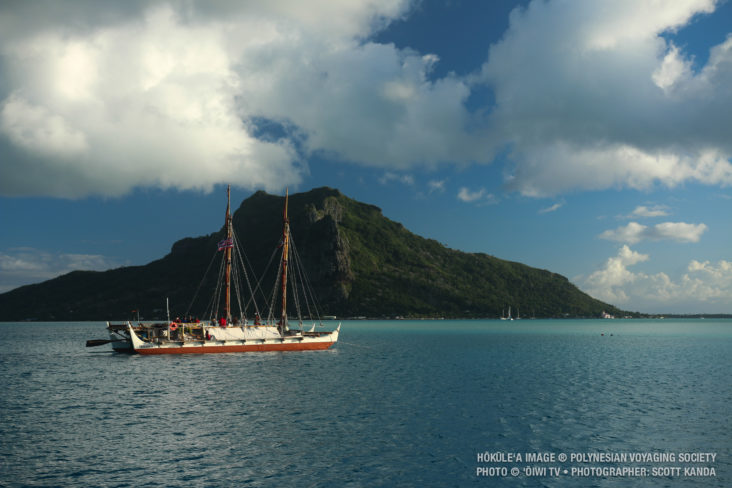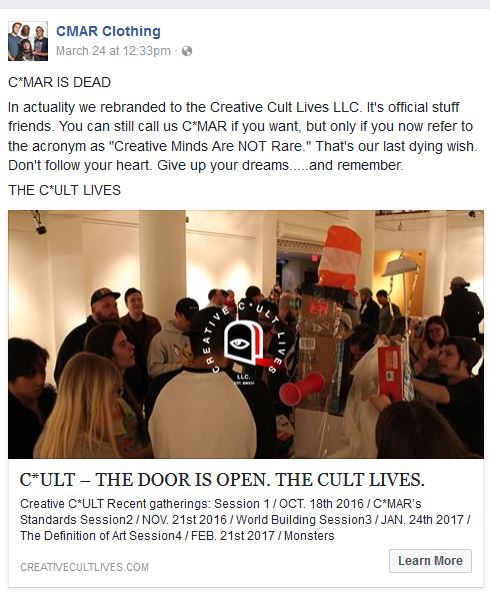This week Diane Ragsdale wrote a piece addressing the difficultly people have with the idea of Art for Arts Sake. She says when she conducts workshops and asks arts administration types to fill in the blank in the phrase, Art for ____________’s sake, they never say “art.” In discussions, people aren’t able to really define what is meant by “art for art’s sake.”
She suggests part of the issue has to do with the way we define value. She uses the example of an artist she invited to speak in her class. When the artist asked if there were any questions, a business student asked if she was being responsive to the market by painting so many orchids. The artist said she was basically painting orchids because she enjoyed exploring the form and would do so until it no longer interested her.
After the fact, as I reflected on this moment, I thought it was quite brilliant. A quite reasonable question from a business school student: Is there sufficient demand for orchids? Do you know your market? Do you think you may need to diversify?
And a quite reasonable answer from an arts student: I’m interested in the idea for its own sake; right now, I’m not thinking about whether there is a market for orchids.
And I could not have architected a better moment to convey the different logics or rationalities of business and art, or what art for art’s sake, or research for the sake of research, or exploration for the sake of exploration, or excellence for the sake of excellence are all about. Through this brief conversation between an artist and business student, I was able to experience the world of business and the world of art as parallel systems of value. This experience finally helped me make sense of, and come to terms with, the phrase art for art’s sake.
Ragsdale provides a chart created by Bill Sharpe discussing “five “economies” and their “shared denominations of value.”” For example, in competitive games, the currency is the score; in democracy, it is votes; in exchange, it is money; and in experience, it is art.
She says,
What Sharpe’s framework seeks to illustrate is the incommensurate nature of these various currencies of shared valuation. The score of a sports game may tell us who won or lost but it can’t help us understand the individual or shared experience of the game, for example.
For me, this coalesced ideas that Carter Gillies wrote in a guest post for Ragdale’s blog (my emphasis):
They value the economy? Well, the arts are good for the economy! They think that cognitive development is important? Well, the arts are good for cognitive development! We make our own ends the means to their ends.
But this never teaches them why we value the arts. It is not a conversation that discusses the arts the way we feel about them. Its not a picture of the intrinsic value of the arts, because in talking about instrumentality we always make the arts subservient.
Just as the score of a baseball game can’t describe the experience of attending, many of the criteria people wish to apply to the arts aren’t relevant as a measure of value. Arts may be good for the economy insomuch as an exchange is taking place, but we all know the value of the art is not reflected in the amount paid.
The arts may be good for cognitive development, but there is no relationship between value of a painting, play, dance or musical composition and test scores. The masterwork of a painter doesn’t raise test score higher than the preliminary sketches they made in preparation for the piece.
If Sharpe is correct that the currency of experience is art, I guess that validates John Dewey’s book, Art As Experience.
I don’t know that telling people the currency of experience is art will help people understand art better. People don’t necessarily associated the joy they experience playing with a newborn as being partitioned into units of art.
It is helpful to be reminded that many things are not valued solely in dollars, as much as it may seem that way. That we have recently seen that the amount of money thrown at an election doesn’t necessarily translate proportionally into victory seems to bear out Sharpe’s statement that votes are a distinct currency from money in the election economy.
Recently the big news has been about the Arts & Economic Prosperity 5 report. It is great that activity in the arts and culture industry has had such a strong impact in so many communities outside of the usual urban areas. But it is important to remember these numbers are just like a baseball score. They don’t tell us anything about the experience of the creators and participants, the quality of the work, or a handful of other things we might list as important before we even care about the amount of money that got exchanged.

